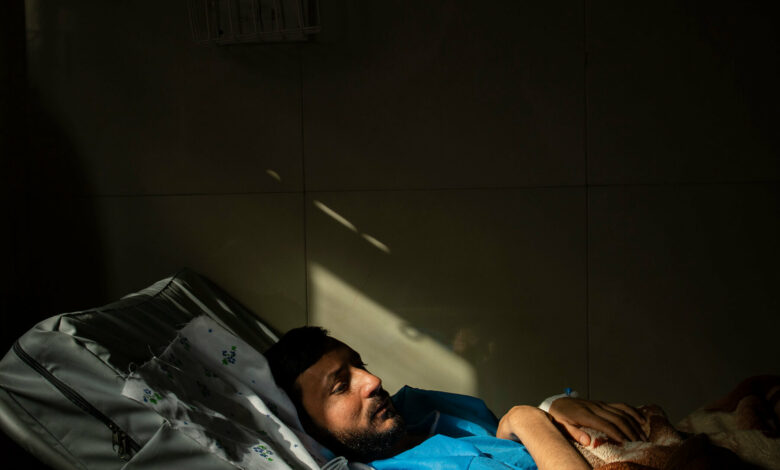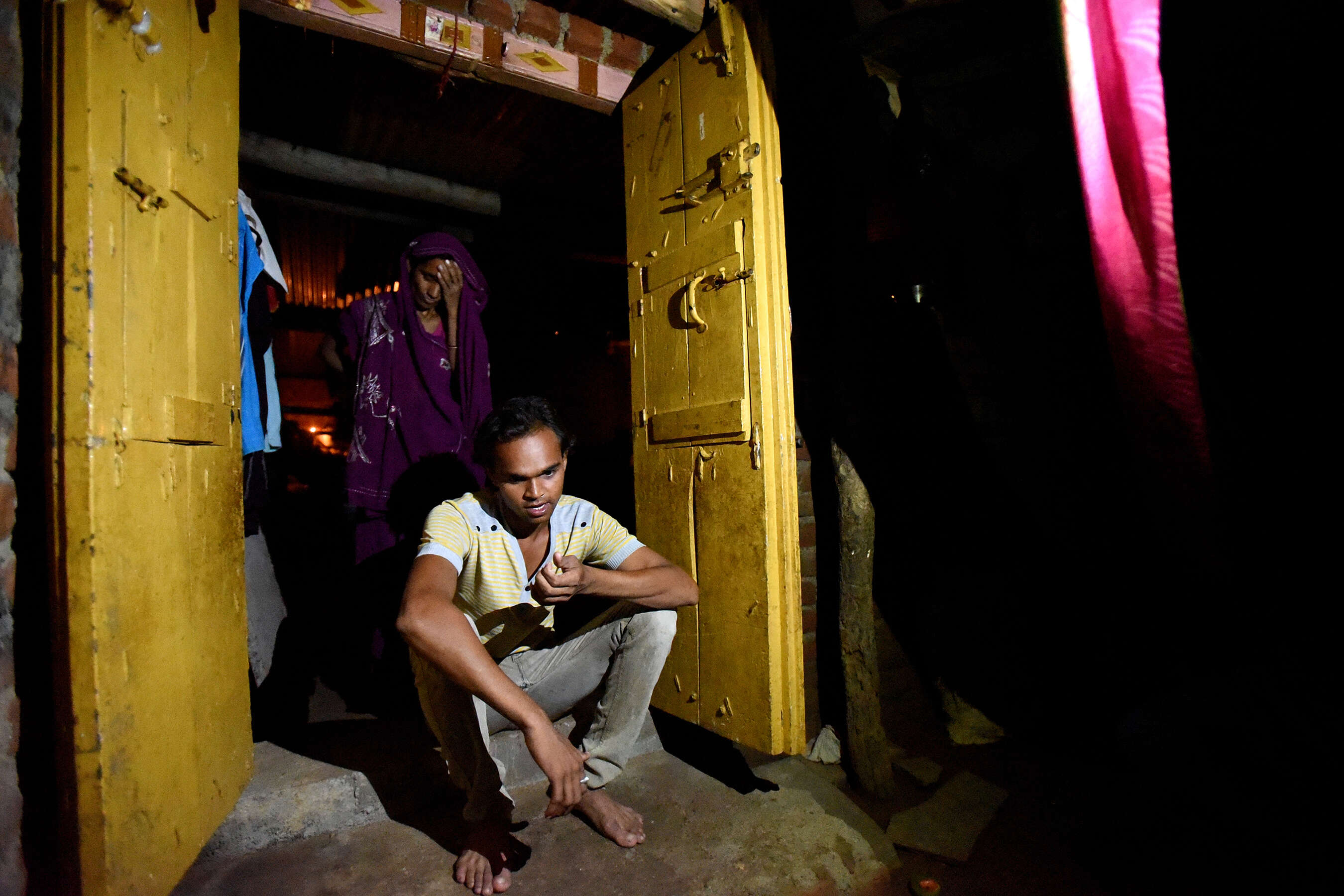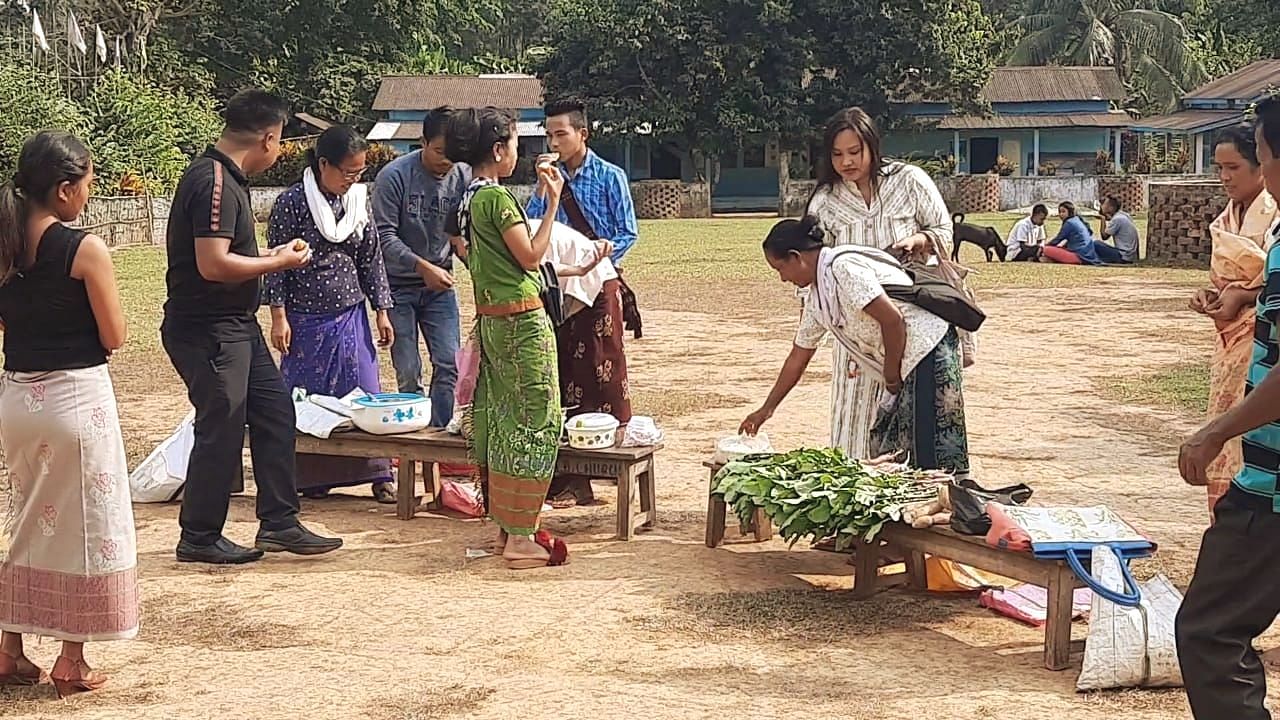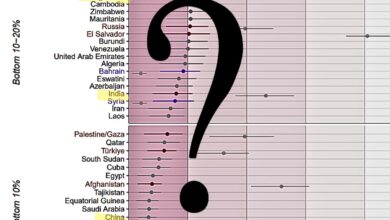Villagers in Assam selling kidneys for money: their brutal financial situation- is that what we have come to?

Financial struggle of villagers in Assam
The pandemic in a number of senses showed us how contrasting the living realities are for those that have privileges than those who struggle to make ends meet, every single day. While we had the liberty to lead a normal life and the privilege to stay safe within our homes, so many people did not have enough resources to even have shelter over their heads and food over this stomach. Fueled further by the sharply rising inflation and the ever-so-high unemployment, the Indian common man is struggling considerably at the time.
The government’s efforts to stimulate the economy and save the country have been meagre, at best, since most sections of the society remained left out from the cash benefits or insurances that the government had provided. Most Indian households witnessed a rise in out-of-pocket expenditure on health and essentials, followed by a considerable fall in the discretionary consumption. Savings have been exhausted; small businesses have run out of the ability to sustain themselves, loan moratoriums are also expiring meaning that the threat of debt repayment is also up close. The situation is at a very grim point right now and with the likelihood of advance of another deadly wave, we can’t say the future prospects look too different either.
However, while we express our sympathies and undertake these conversations of the hardships that people are facing, we often fail to realise how real and human this experience is. What I mean is that we’re having these conversation from the comfort of our homes, and while we may sympathise we them, we don’t know what it’s actually like until we are in there shoes. Well, the story that this article covers today may allow you to get in their shoes to actually experience what money can do to you.
Let me take you to a small village in Assam, known as Morigaon district. It is primarily a residence of informal sector workers like masons, construction workers et cetera. However, since the pandemic put a halt on primary informal sector activities, as evident by the loss of gross value added by the construction sector, a lot of people have been out of work in the village. As for daily wage earners, working every day is directly related to the amount of food that goes in their stomach, since they do not have any other wealth-supporting resources nor lined up savings.
Thus, as can be figured evidently from the circumstances, with a halt at the work they were receiving, there was also no source of income and thus, no resources with them.

As a result, sustenance over the considerably long lockdown period was not only difficult but next to impossible since basic necessities was still needed to be met, without any cash support from the government.
And this was not the case for a few families, but most people residing in the locality since most of them were daily wage earners, and ultimately, most of them were jobless for a considerably long period in question. Thus, running out of options, they had to beg loans from microfinance institutions, which evidently are infamous for exploiting the poor and needy. Since the amount granted was used primarily for necessity purposes and not anything productive in the sense that it would generate sources of income for the borrowers.
With sharp interest rates and mounting debt amount, they had another problem to deal with at the point- the health effect of COVID-19 pandemic. The pandemic reined its wrath everywhere and almost every area of the country suffered with health implication. For these poor informal sector workers, seeking treatment and obtaining necessary medical health at the time was as hard as it can get, which is fairly explanatory on its own as to how it must have impacted on their situation.

So, think of it this way- no work, no income, high debt and similar, if not more, needs. What would you do? I’m not sure about that but I’ll tell you what these people did. They decided to sell their kidneys. As terrifying and horrible as it sounds, like I’ve iterated, we are dealing with real life here. Imagine getting to a point that you have to prioritise your needs more than your own body, and having to sell just your organ just to barely survive. It is so disheartening that the country has come to this point where people are forced to feel this way about their situation and survival.
And it is not one or two people that we’re referring to here. At least a dozen villagers of the aforementioned district have had their kidneys sold to organ traffickers in an attempt to get money to clear off their dues and get past the survival needs. These organ trafficking rackets are going on for quite some time now and people are lured into them at the hands of their needs. And wait, the worst part is yet to come. The sellers are not even made the full payment since they are vulnerable and would be in no position to seek any action against it.
Case in point- a story told by the mason of the village revealed that he was promised INR 5 Lakhs in exchange for his kidney, yet the amount he received totalled only to INR 1.5 lakhs, which was insufficient to cover all their debt and medical needs. There are tons of such stories. I’m heartbroken and I’m expecting you are too.
And another thing to note here is that the victims, those that have sold their kidneys for less than the agreed price, are now facing terminal health issues due to a number of complications that rose because of the procedure. Their bodies are now much weaker and they’re no longer in a position to lift heavy burdens or undertake the labouring work that they used to do before. This is especially concerning because these people’s livelihoods, as mentioned before, is dependent on construction and other informal sector activities which, however, has all these labouring and burden-inducing tasks as their basic requisite. This means that this would have a longer term impact on both- their livelihoods and their health.

Even though the racket has been busted now, it has been revealed that the trade of kidneys for money peaked during the last one year on the face of the difficulties that the people had to face. And while it may not happen at this small village in Assam for quite some time now, how do we know it is not happening in other parts of the country? The purpose of this conversation was to know to talk about this racket or how people have been lured into it, but the hopelessness that has circled people’s heads so much so that they felt compelled to undertake such a terrifying step.
While these people would have to live with the consequences for their entire life, there are still a lot that maybe thinking of getting into something of this sort to take them out of their helplessness and misery.
This is not how an emerging economy should look like; this is not how a developing country should be performing. While the top 1 percent is entering their names in the richest people of the world lists, the poor are selling their organs to make ends meet, how is this trickle down working? The government cannot get away with some false promises and communal propagandas; because this is real people we are talking about, and while it pains to even imagine this, consider those who have to live like this.
India’s common man is always closer to the lower proportion than they are to the top few, choose better.
Edited by Tanish Sachdev




